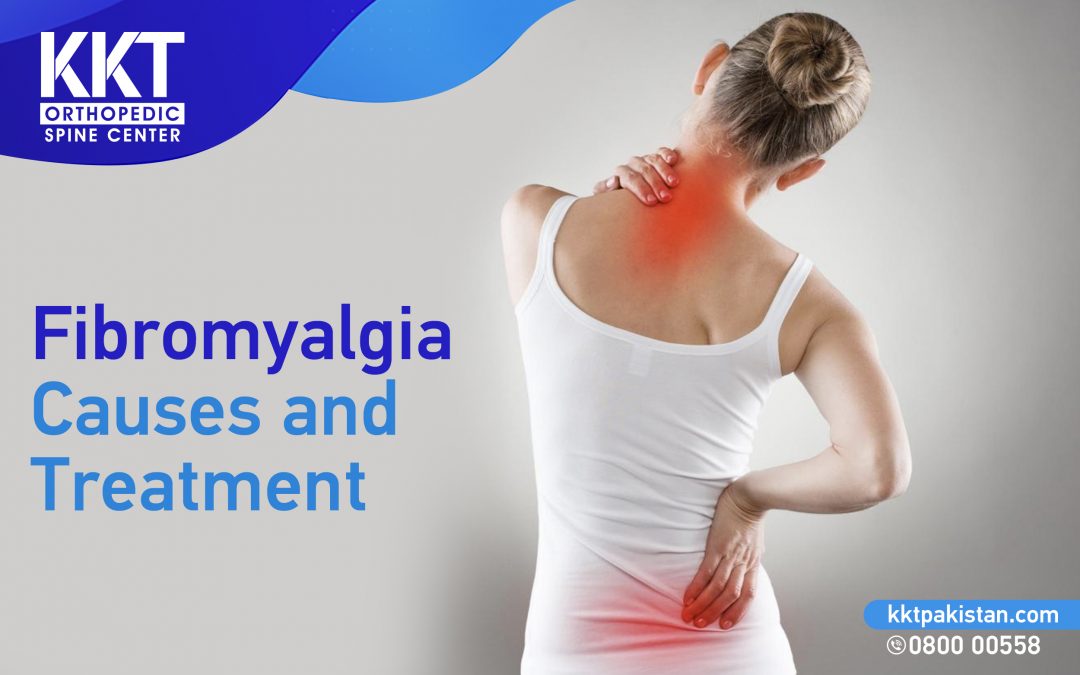Have you ever experienced pain throughout the body and trouble sleeping? These could be a symptoms of fibromyalgia.
Research hasn’t proved the causes of fibromyalgia, but people with this disorder have shown heightened sensitivity to pain.
A person with fibromyalgia may experience overwhelming feelings of tiredness and chronic pain in the arms, chest, legs, abdomen, and back. However, there is still not any proven fibromyalgia treatment, but doctors and health care providers help to manage and treat symptoms.
What is the leading cause of fibromyalgia?
Fibromyalgia symptoms in females are the same as in men and children. Although fibromyalgia affects both men and women equally, it can affect anyone. A person’s age is irrelevant—children can be affected, but the likelihood of developing it rises with age, typically beginning in middle life. However, every race and ethnicity is affected by it.
Your likelihood of developing fibromyalgia may increase if you also have other medical illnesses, particularly rheumatoid arthritis, psychological disorders, or pain-causing conditions. Among these ailments are:
- Arthritis.
- Acute spondylitis.
- Osteoarthritis
- Depression
- Back discomfort.
- Irritable Bowel Syndrome
According to some scientists, having specific genes may increase your risk of developing fibromyalgia, which tends to run in families. Still, those without specific genes might also experience the disease.
Fibromyalgia’s primary symptoms
Symptoms of fibromyalgia are as follows:
- Persistent discomfort all over the body. People frequently characterize it as throbbing, burning, or hurting.
- Tiredness or a strong sense of exhaustion.
- Difficulty falling asleep.
Some signs and symptoms could be:
- Stiff joints and muscles.
- Numbness in arms and legs.
- Issues with focus, clarity of thought, and memory (sometimes called “fibro fog”).
- Increased susceptibility to temperature, sound, light, and smells.
- Digestive problems include constipation or bloating.
What are ways to treat fibromyalgia?
There are no proper fibromyalgia medications, but this condition can be treated with some pain management techniques.
Exercise: Some persons may experience less discomfort, stiffness, tenderness, and sleep disturbance when low-impact aerobic exercise and resistance training are combined. To notice results if exercise is reducing symptoms, it’s critical to continue exercising consistently.
Diet: Any treatment strategy for fibromyalgia should consider the patient’s nutrition. A fibromyalgia sufferer may find it easier to manage and cope with their illness by making certain dietary adjustments. Among them are:
- Consuming sugar-free, high-energy foods can help reduce fatigue caused by the disease. Almonds, beans, oatmeal, avocado, and tofu are just a few foods that can increase energy levels throughout the day.
- Eliminating gluten-containing foods: Research indicates that cutting gluten-containing foods from the diet may help lessen fibromyalgia symptoms, even in those without celiac disease.
KKT Treatment
Fibromyalgia treatment can be challenging and will involve an interdisciplinary strategy. Cardiovascular exercises and KKT treatment have been proven to improve signs and symptoms in afflicted individuals, along with appropriate nutrition and a healthy lifestyle. Psychological and behavioral techniques to decrease anxiety are helpful.

